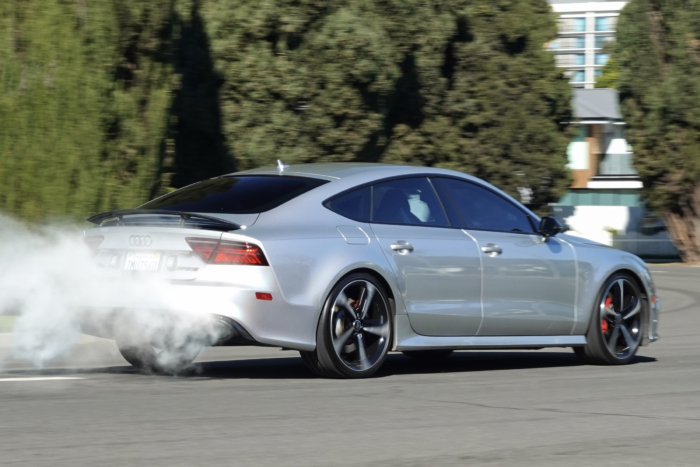You’ll soon be able to drive ‘the Mother Road’ hands-free, at least if your vehicle is equipped with General Motors’ Super Cruise system.
Since Super Cruise made its debut in 2017, GM has steadily expanded the number of miles of U.S. and Canadian roadways on which it can operate, while adding the technology to more vehicles. The latest update, announced today, will double the system’s range to more than 400,000 miles.
And it will, for the first time, allow motorists to travel hands-free on many two-lane roads, including Route 66, California’s Pacific Coast Highway, and the Trans-Canada Highway. Until now, Super Cruise would only activate on limited-access divided roadways.
“This is a significant step in our journey” toward the development of autonomous vehicle technology, said Mario Maiorana, the chief engineer on the Super Cruise program, during a media background briefing.

Sensor Fusion
Technically, Super Cruise is a “driver assist,” rather than an autonomous vehicle, system. But it has received significant praise from automotive reviewers, and the influential Consumer Reports has rated it above Tesla’s similar Autopilot system on several occasions.
The GM technology uses a “fusion” of camera, radar, and other sensors to keep track of what’s going on around a vehicle equipped with Super Cruise. It also relies on maps produced by Lidar, a high-definition laser technology accurate down to within a couple of inches.
As GM has continued development, it has both expanded the number of miles of roadway on which Super Cruise can be used while adding more features. When the technology debuted 5 years ago, it was limited to 100,000 miles of Interstate highways. In 2019, that range was doubled, with some other divided highways added to the mix.
Adding More Features & Functionality
Since then, updates have allowed vehicles with Super Cruise to tow trailers and even execute a pass automatically. But this marks the first time the system will permit motorists to activate the system on Lidar-mapped non-divided roads.
This will allow Super Cruise to be used in significantly more rural parts of mid-America and Canada, said mapping specialist David Craig, putting it within reach of millions more motorists across North America.
As before, Super Cruise will automatically warn drivers to take control when it approaches intersections marked by stop signs or traffic lights. It will now deactivate when coming into towns, Maiorana noted. He also noted that on non-divided roads, Super Cruise’s auto-pass function will be disabled.

Keeping an Eye on the Driver
Super Cruise Cost & Availability










